Posterior Tibialis Tendonitis
Print-Friendly VersionComplaints
- Tenderness on medial side of ankle
- Pain may increase with running or walking activities
Possible Causes
- Tight calf complex
- Excessive pronation
- Soft, unstable shoes
- Weakness in supportive muscles of the arch
Shoe Profile
The shoe midsole should provide maximum torsional and hindfoot stability to control medial foot rotation (pronation / arch drop). This reduces the tractional (pulling) forces that aggravate the posterior tibial tendon. A midsole with a high to medium heel-to-toe ratio is needed to relax tension on the tendon.
Orthotics
Neutral to mild pronators – 3 mm heel lifts with, or without, over-the-counter arch supports
Moderate to excessive pronators – Custom orthotics with 3 plus mm heel lifts
Recommended Accessories
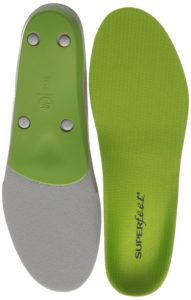
SuperFeet arch supports
Provides stability and support to the foot reducing pronation and eases tension on the tibial tendon.
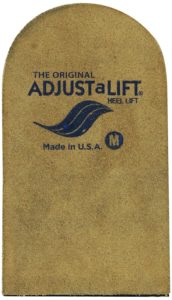
Heel Lifts
Simple way to reduce tension on the posterior tibial tendon resulting in less pain. Must be worn in both shoes.

ProStretch for calf muscles
Very effective way for stretching the calf complex, which includes the posterior tibial muscle. Increased flexibility reduces the chance of injury.
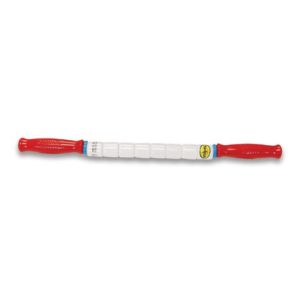
The Stick
Effective way to massage for releasing muscle tension and reducing pain and tenderness.
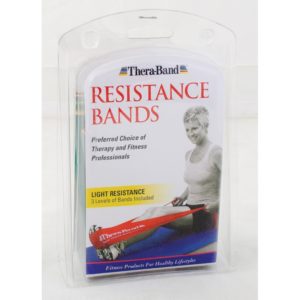
TheraBand Kit
Handy for developing an exercise strengthening program.
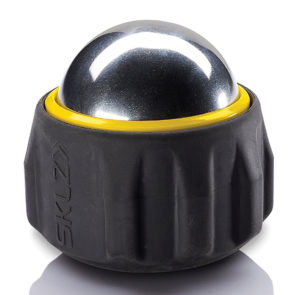
SKLZ Cold Roller Ball
Provides targeted massage and ice therapy to provide relief and reduce inflammation.
Exercises
**Please consult your physican before engaging in an exercise program.**
With all strengthening exercises, start with 3 sets of 10 repetitions. If you experience any sort of pain reduce your reps to 3 sets of 5. For all stretches, repeat 3 times holding each stretch for 30 seconds to 1 minute. Using RICE (Rest, Ice, Compression, Elevation) can be beneficial in the treatment of injuries as well.
Gastrocnemius (calf) Standing Stretch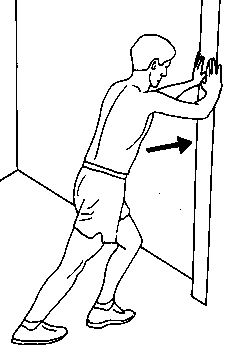 |
Soleus Standing Stretch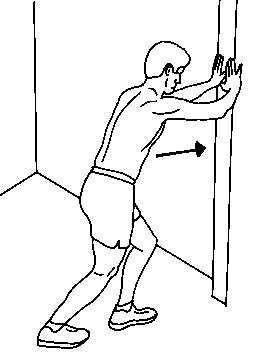 |
|
|
Heel Raises Exercise |
Foot Down and In Elastic Exercise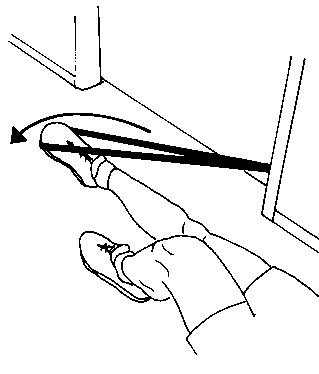 |
|
|
Foot Up Elastics Exercise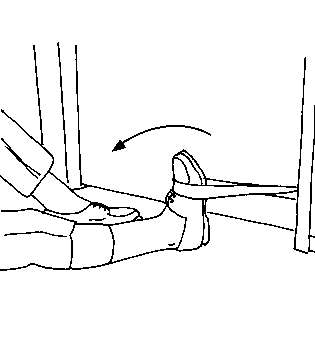 |
|
|


 Please wait while we load your results ...
Please wait while we load your results ...